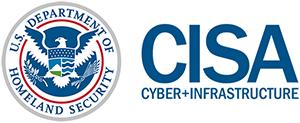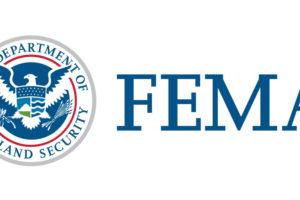“Just as 4G deployment was carried out across Europe with a strong focus on leaving no one behind, it is now our duty to ensure that an enabling regulatory environment sustains the deployment of 5G in a way that connectivity is leveraged by all and for all,” said Doreen Bogdan-Martin, Director of the Telecommunication Development Bureau at the ITU, as she welcomed participants of the ITU Regional Forum for Europe on 5G strategies, policies, and implementation.
The event was one of several milestones of the ITU Regional Initiative for Europe on broadband infrastructure, broadcasting and spectrum management.
Organized with the support of the Chancellery of The Prime Minister (KPRM) of the Republic of Poland, the Forum was opened by H.E. Mr. Marek Zagórski, Poland’s Secretary of State Government Plenipotentiary for Cybersecurity, who called for “connecting the unconnected” and “bridge the digital divide” as priorities in the context of Sustainable Development Goal (SDG) 10 on reducing inequality. Mr. Zagórski went on to highlight Poland’s achievements in the provision of high-quality connectivity towards an Internet Society by 2025, and called for the urgent need to address misinformation around 5G in Europe and beyond.
5G strategies and implementation dynamics
More than 50 speakers provided participants with a comprehensive overview of the status of 5G rollout, focusing on regional and national strategies and policies as well as other ongoing implementation challenges relevant to stakeholders in the Europe region.
The first day of proceedings saw context-setting interventions from the ITU Telecommunication Standardization Bureau (TSB) and the ITU Radiocommunication Bureau (BR), both of whom recognized excellent ITU cross-sectoral collaboration. Regional organizations and industry associations followed by discussing key priorities for the region, including the importance of international cooperation, industry collaboration, and regulation creating the necessary incentives for 5G deployment to deliver social and economic impact as well as the challenge of radiofrequency electromagnetic fields (RF-EMF).
Sessions 2 and 3 offered a detailed picture of the status of 5G implementation both in EU and non-EU countries. Administrations and National Regulatory Authorities recognized the importance of the transition to 5G converging towards the notion of “connecting everyone and everything” and reiterated how international cooperation must ensure a consistent deployment of 5G across the region, especially in context of the post-COVID economic recovery.
In his second day keynote, 2020 BEREC Vice-chair Jeremy Godfrey highlighted the importance of sustainability and resilience in the post-COVID-19 world.
From the 5G commercialization and market development perspective, industry representatives from satellite, mobile and equipment providers noted in Session 4 that efforts and expectations should be placed in the business-to-business (B2B) rather than in the business-to-customer (B2C) segment, and should focus on innovation-driven public-private partnerships as well as on the industrial IoT environment enabling emergence of 5G applications and ecosystems.
During the Forum’s final session on the challenge of increasing public concern about RF-EMF, it was widely agreed that the focus should shift from the scientific evidence, which is already there, to elaborating new strategies for 5G and EMF risk communication, as some countries have already undertaken.
New publications, upcoming priorities and next steps
In the context of the Forum, and to prioritize topics for future consideration at the regional level, the ITU Office for Europe announced the publication of two background papers.
One includes a series of country profiles on 5G implementation dynamics in 18 non-EU countries in the Region, featuring the implementation of 5G strategies, frequency allocation, EMF regulation as well as private sector trials and commercialization at the country level. The country profiles are designed to act as a reference for decision-makers and as a platform to monitor progress in reducing intra-regional gaps.
The other background paper on 5G and electromagnetic fields (EMFs) responds to concerns of administrations observed across Europe by referencing scientific evidence and recommendations as well as outlining key challenges and open questions, including misinformation and the social and economic cost for societies resulting from holding back 5G. The paper aims to support administrations in their efforts to elaborate communications on 5G at the national level.
The virtual meeting also hosted representatives of international and regional organizations such as the World Health Organization (WHO), International Commission on Non-Ionizing Radiation Protection (ICNIRP), the European Broadcasting Union (EBU), the Nordic Council of Ministers, Eastern Partnership Electronic Communications Regulators Network (EaPeReg), the Body of European Regulators for Electronic Communications (BEREC) and a number of National Regulatory Authorities and ICT Ministries from both EU and non-EU countries as well as important industry associations such as the European Telecommunication Network Operators’ Association (ETNO), the EMEA Satellite Operators Association (ESOA), the European Competitive Telecommunications Association (ECTA), DIGITALEUROPE, and GSMA.





